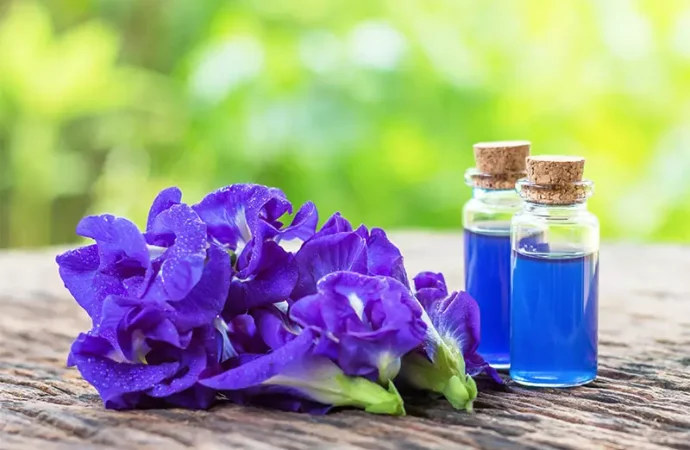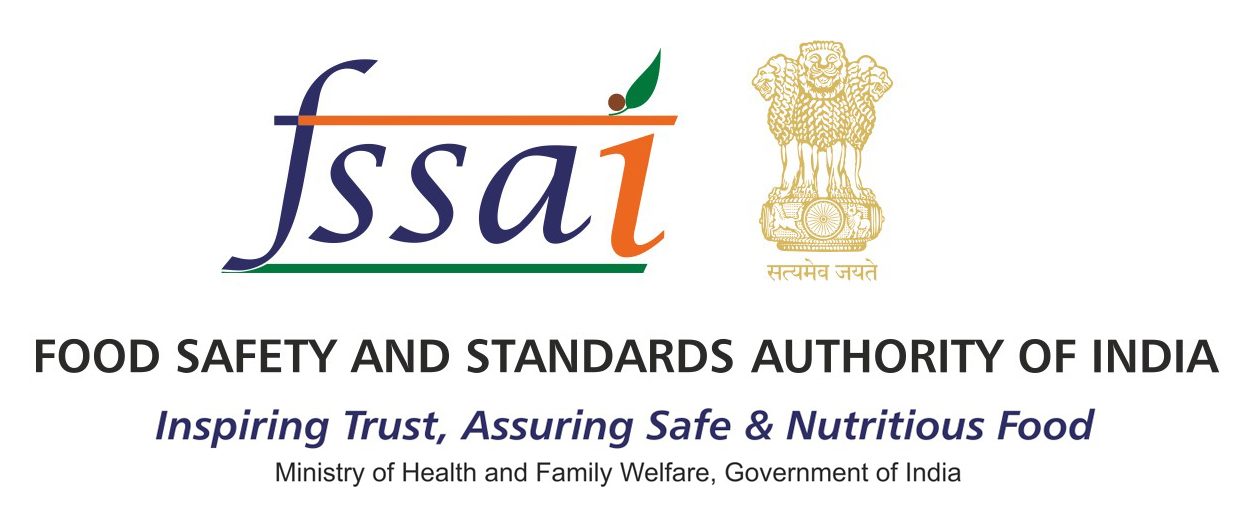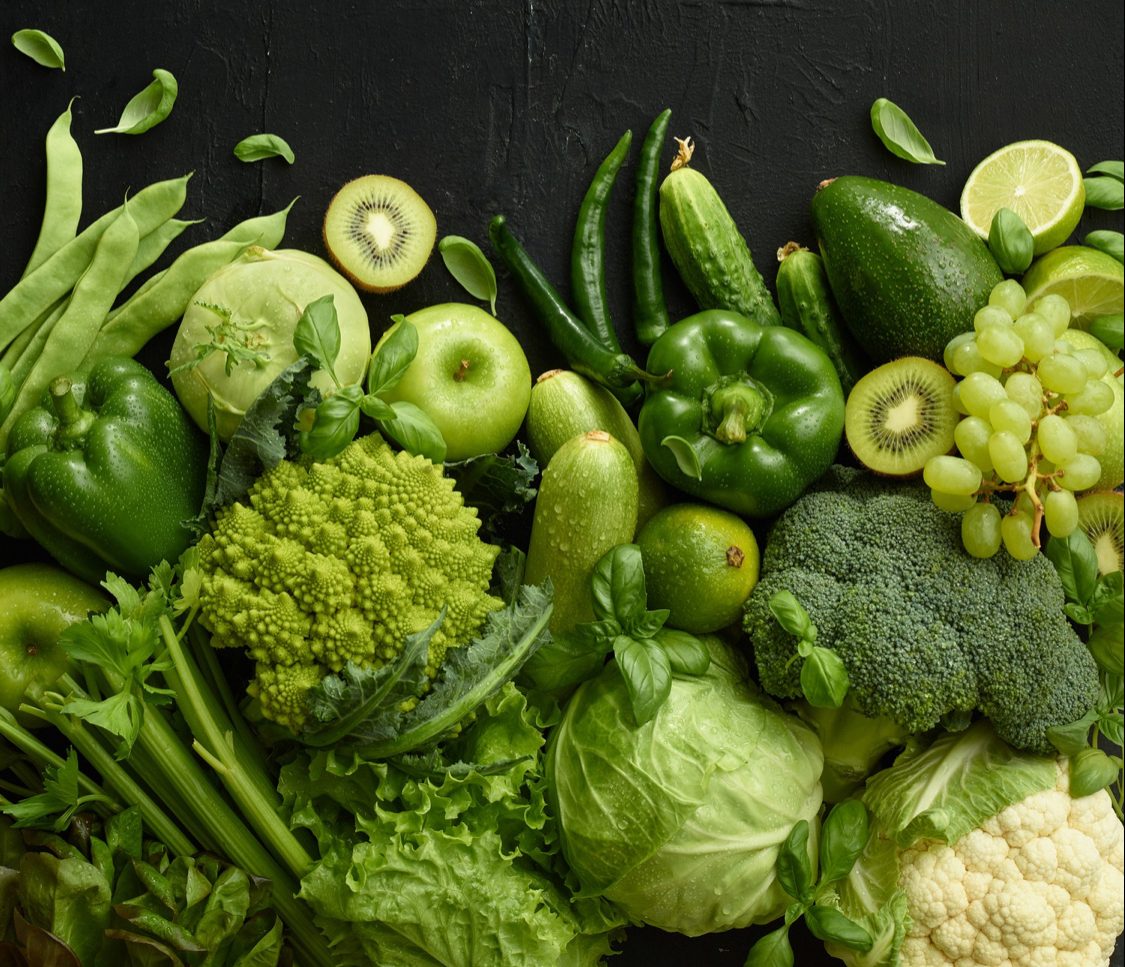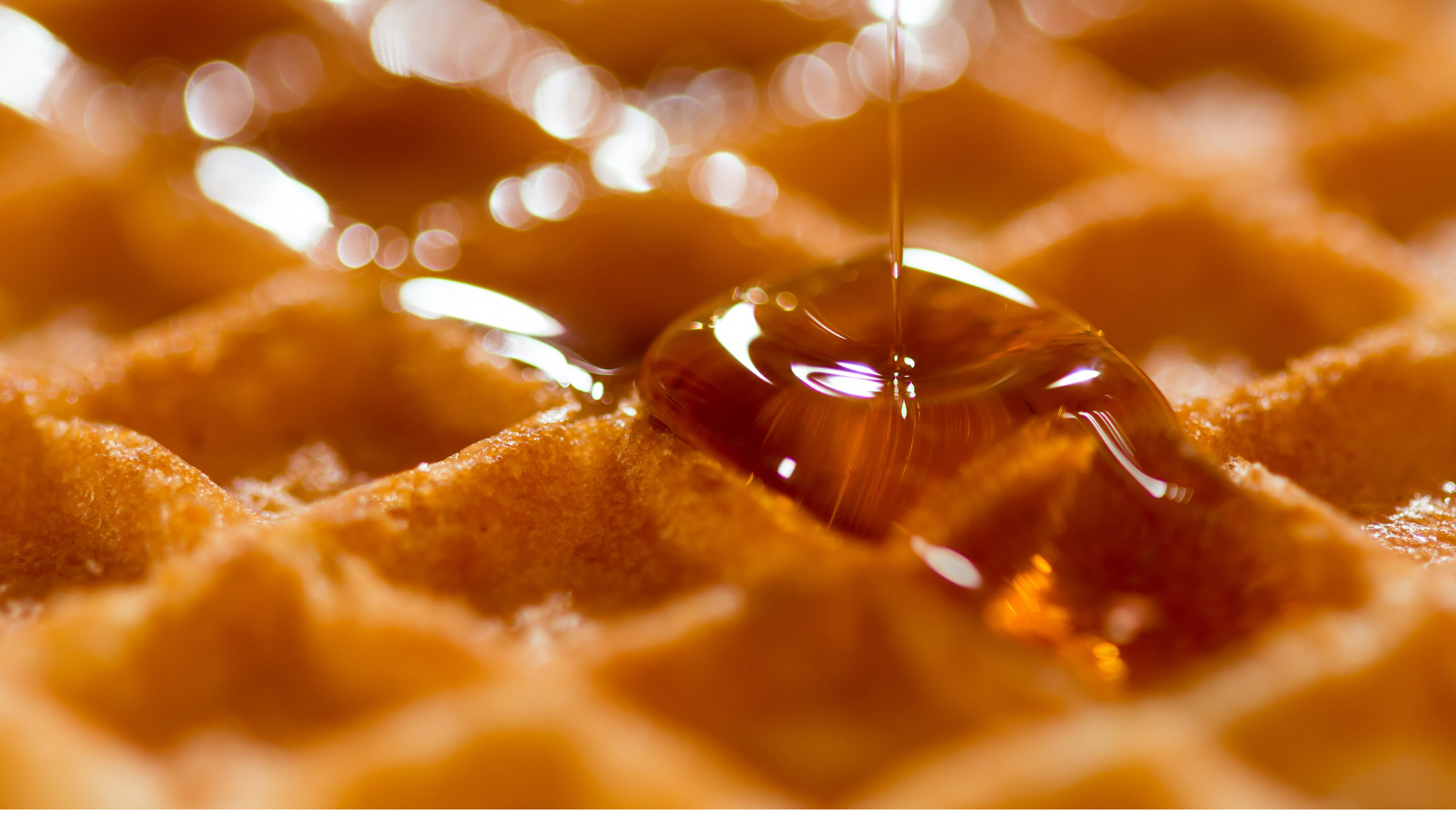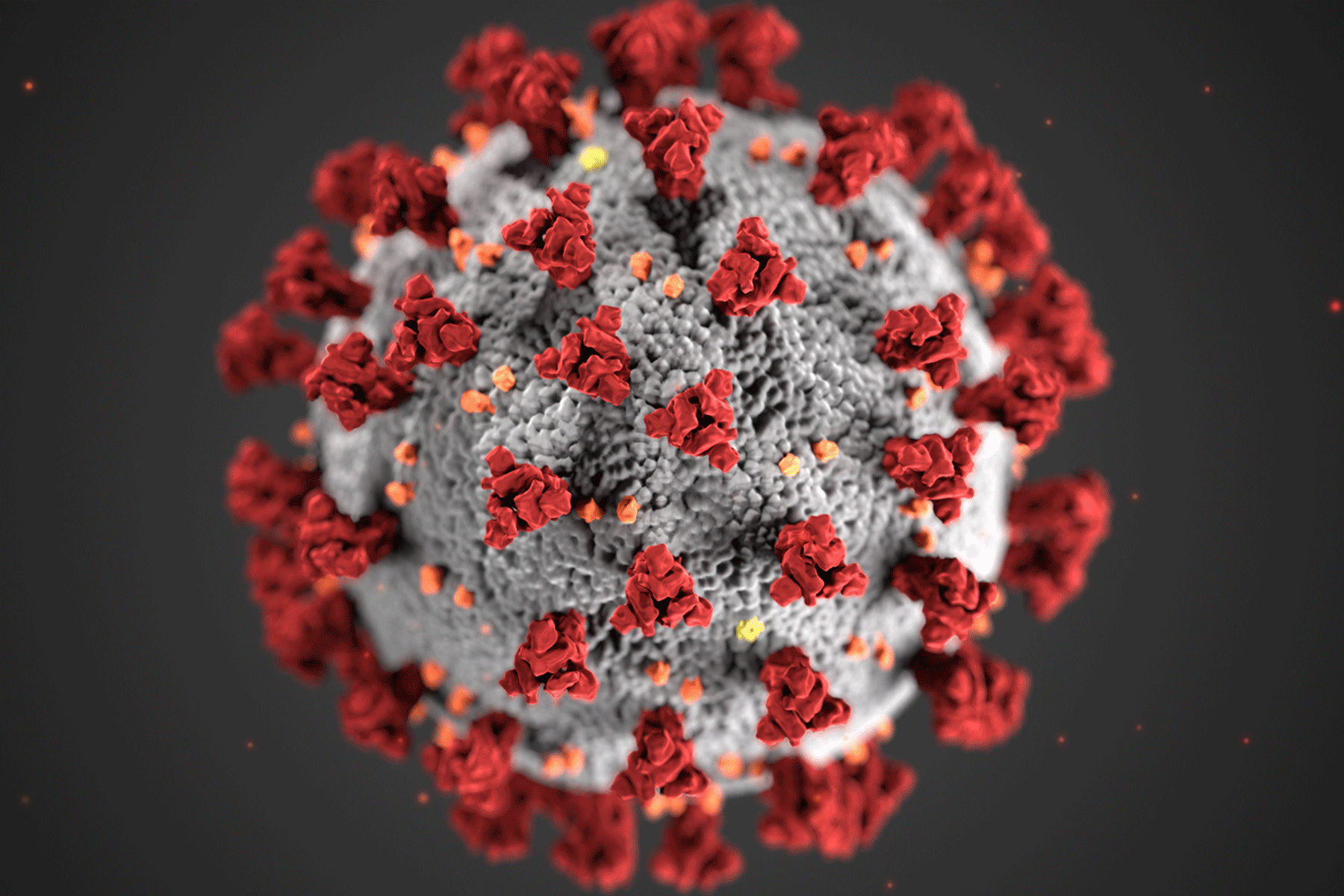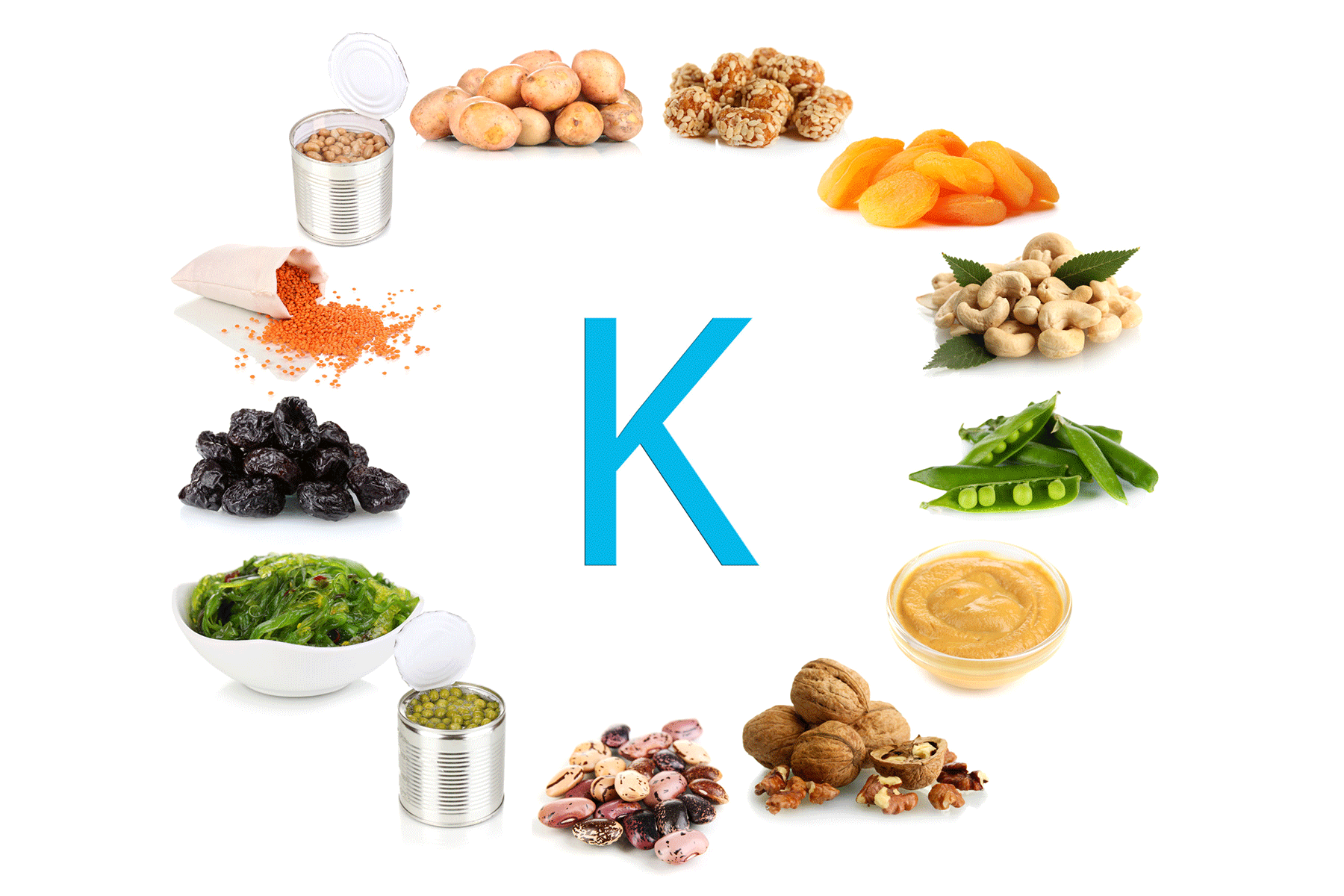Report
In a major step toward promoting cleaner, safer food ingredients, the U.S. Food and Drug Administration (FDA) has approved three new colour additives derived from natural sources. This decision advances the federal government’s push to eliminate synthetic, petroleum-based dyes from the American food supply.
The approval supports the U.S. Health and Human Services (HHS) Secretary Robert F. Kennedy Jr.’s broader “Make America Healthy Again” initiative, which focuses on removing artificial additives from foods. “We are taking a major step today to Make America Healthy Again,” said Secretary Kennedy. “Our food system has depended on synthetic, petroleum-based dyes for too long—these additives offer no nutritional value and pose unnecessary health risks.”
What Did the FDA Approve?
The FDA approved three colour additive petitions:
- Galdieria Extract Blue
- Source: A blue pigment extracted from Galdieria sulphuraria, a type of red microalgae.
- Uses: Non-alcoholic beverages, yoghurts, ice cream, frozen desserts, candies, cereals, puddings, and more.
- Petitioner: Fermentalg, a biotechnology company based in France.
- Butterfly Pea Flower Extract
- Source: A natural blue-purple colour derived from dried petals of the butterfly pea plant.
- Newly Approved Uses: Cereals, crackers, chips, pretzels, and snack mixes.
- Existing Uses: Beverages, dairy products, yoghurt, candies, and gums.
- Petitioner: Sensient Colours LLC, headquartered in St. Louis, Missouri.
- Calcium Phosphate (White Colour)
- Uses: White candy melts, powdered sugar for doughnuts, sugar coatings, and ready-to-eat chicken products.
- Petitioner: Innophos Inc., located in Cranbury, New Jersey.
FDA Commissioner Dr. Martin A. Makary emphasised the agency’s commitment to faster regulatory decisions. “Our team has been working hard to accelerate these approvals,” he said. “We are fully committed to phasing out petroleum-based dyes and replacing them with safe, natural alternatives.”
Why It Matters
These approvals meet growing consumer demands for healthier, more transparent food labelling. The FDA’s review process includes comprehensive safety evaluations, covering dietary exposure and toxicological risks. Following last month’s joint announcement from HHS and the FDA, several major U.S. food companies pledged to eliminate synthetic food dyes from their products by the end of 2026.
Source: Foodtech Network
 Food Manifest
Food Manifest 